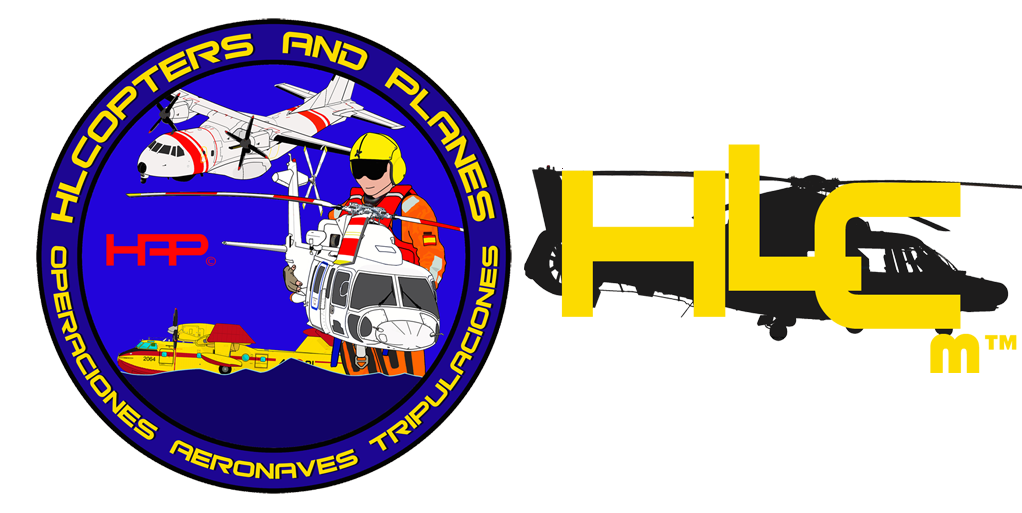
The MH-68A helicopter was specially equipped with M-16 rifles, an M240 machine gun and the RC50 laser sighted 50-caliber precision rifle. HITRON’s primary missions are drug interdiction and Home Land Security.
U.S. Coast Guard photo by Petty Officer 3rd Class Dave Hardesty.
In this documentary series, the U.S. Coast Guard spoke with retired Captain Walter Reger, the third commanding officer of HITRON (Helicopter Interdiction Tactical Squadron).
HITRON operations started as an experiment in 1998 to halt the flow of illegal drugs into the U.S. Drug trafficking organizations primarily used «go-fast» boats, high-speed smuggling vessels capable of traveling over twice the speed of Coast Guard Cutters (USCGC), due this the USCG needed a way to counter the threat and started the operation of Helicopter Interdiction Tactical Squadron.
In late 1998, six Coast Guard pilots and four enlisted aircrew members developed tactics and procedures to utilize armed helicopters operating aboard Coast Guard cutters to answer the call.
HITRON helicopters operate in known smuggling vectors and rely on expertly trained aircrews and precision marksmen to disable go-fast drug smuggling vessels in the event suspects refuse to comply with verbal and visual warnings for law enforcement boardings under international maritime law. This series focuses on the founding members, pioneers, and stakeholders who have played an essential part in HITRON’s history.
U.S. Coast Guard video.
Interview by: Cmdr. Ace Castle.
Edited by: Petty Officer 1st Class Alissa Blackburn
The Helicopter Interdiction Tactical Squadron began operating with rented helicopters MH-90 Enforcer, USCG designation for the MD900 Explorer which were later replaced by the type MD902 (made by MD Helicopters). The MH-90s gave way to Italian aircraft MH-68A Mako, or Stingray, (Agusta –Leonardo Helicopters– A109 Power). Currently the HITRON aircrews fly eight Airbus Helicopters MH-65 Dolphin.
For more Hlcopters Magazine breaking news, stories, images and videos follow us on Facebook, Twitter, Instagram and YouTube.
The appearance of U.S. Department of Defense (DoD) visual information does not imply or constitute DoD endorsement.

